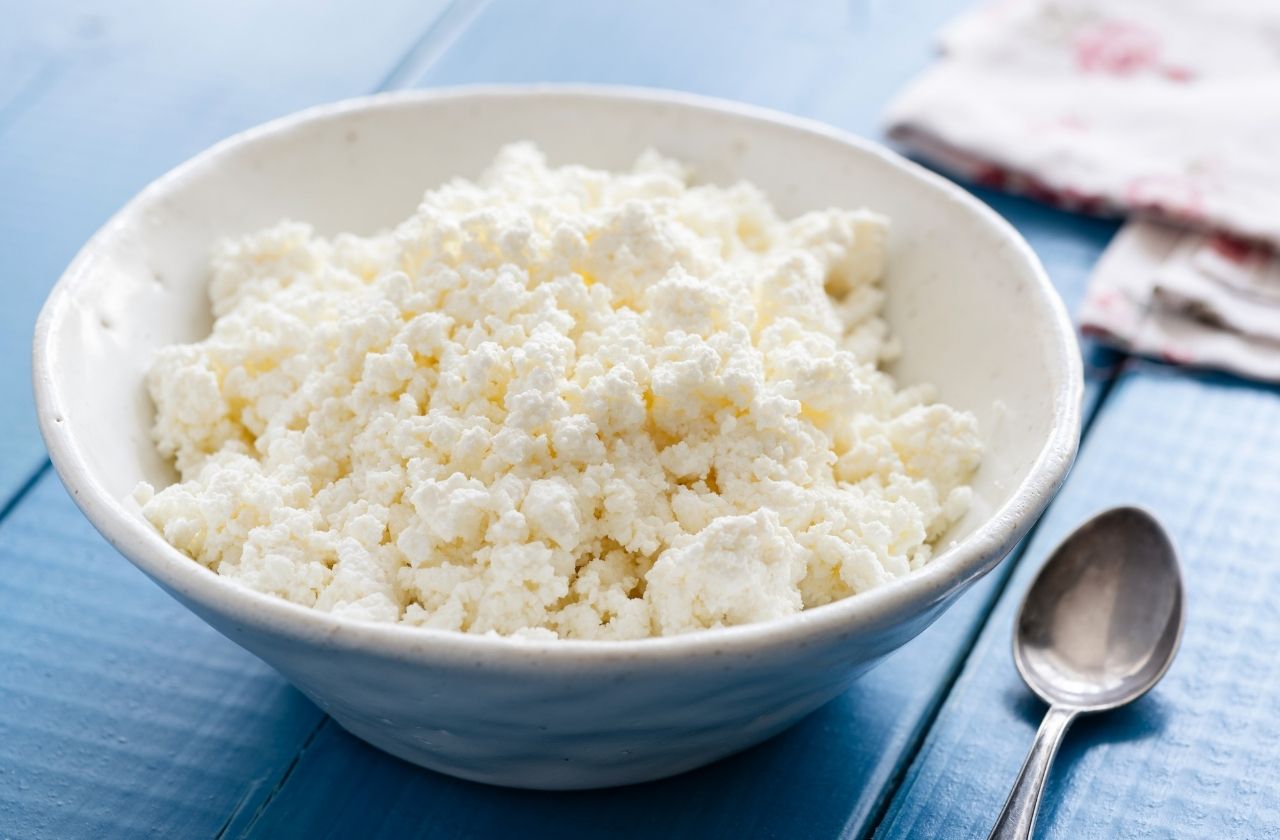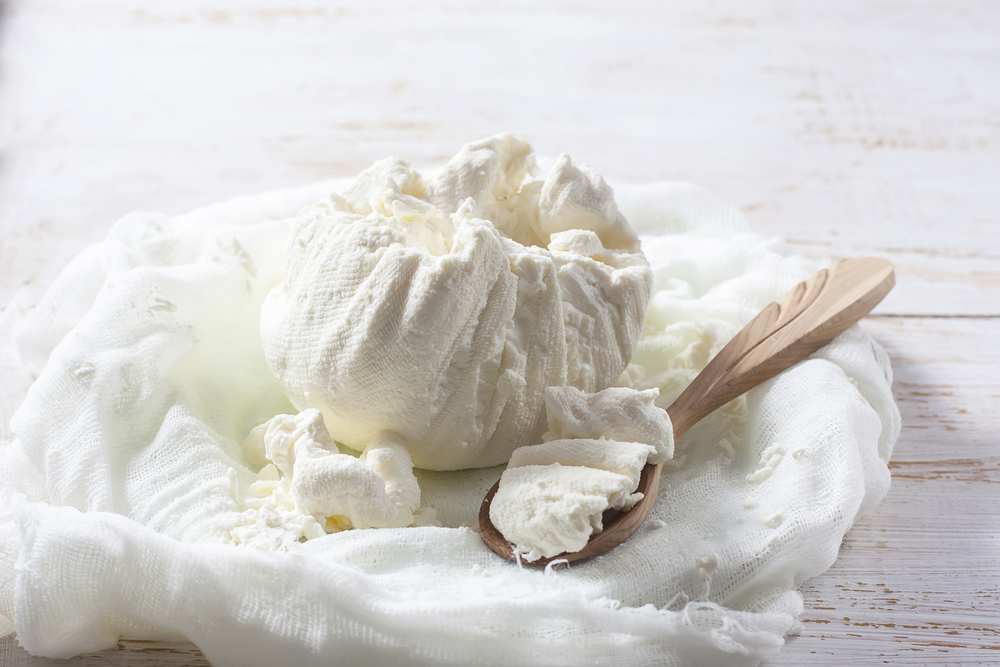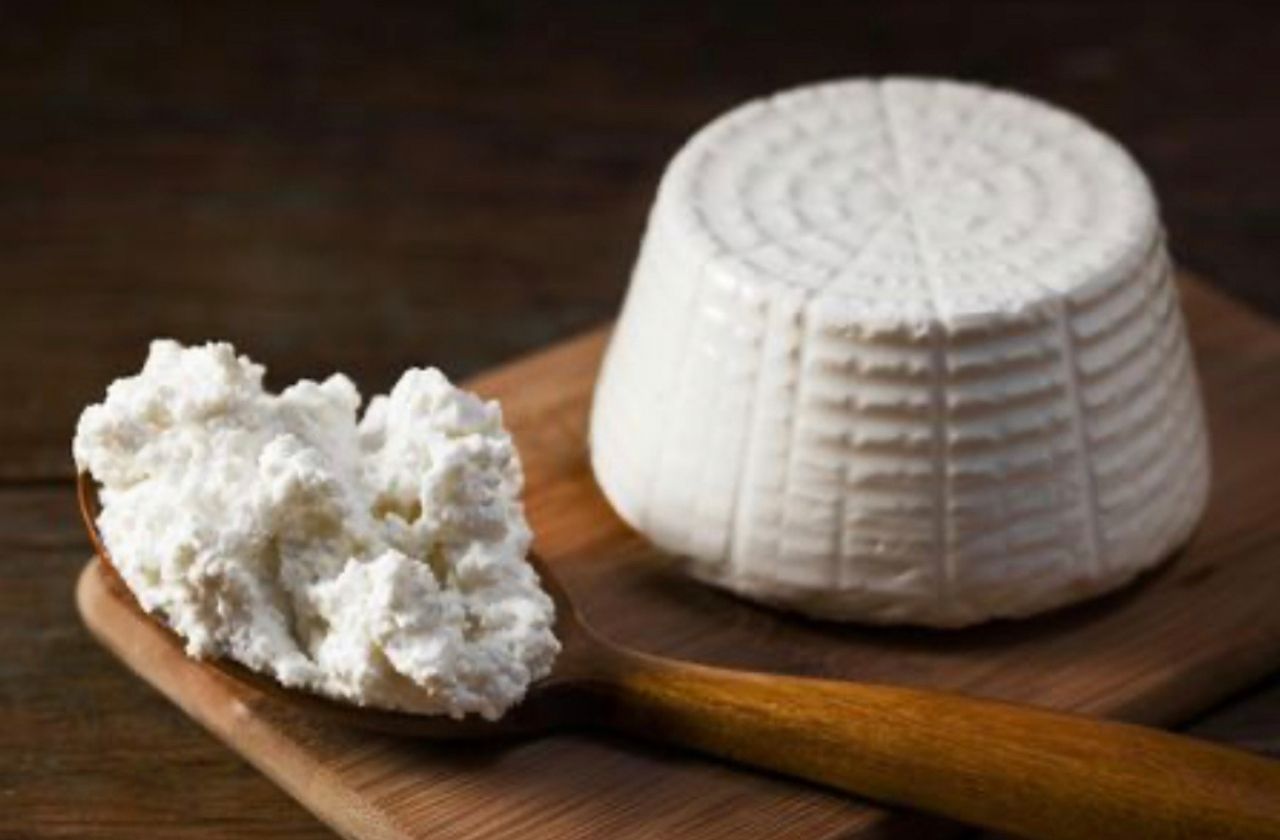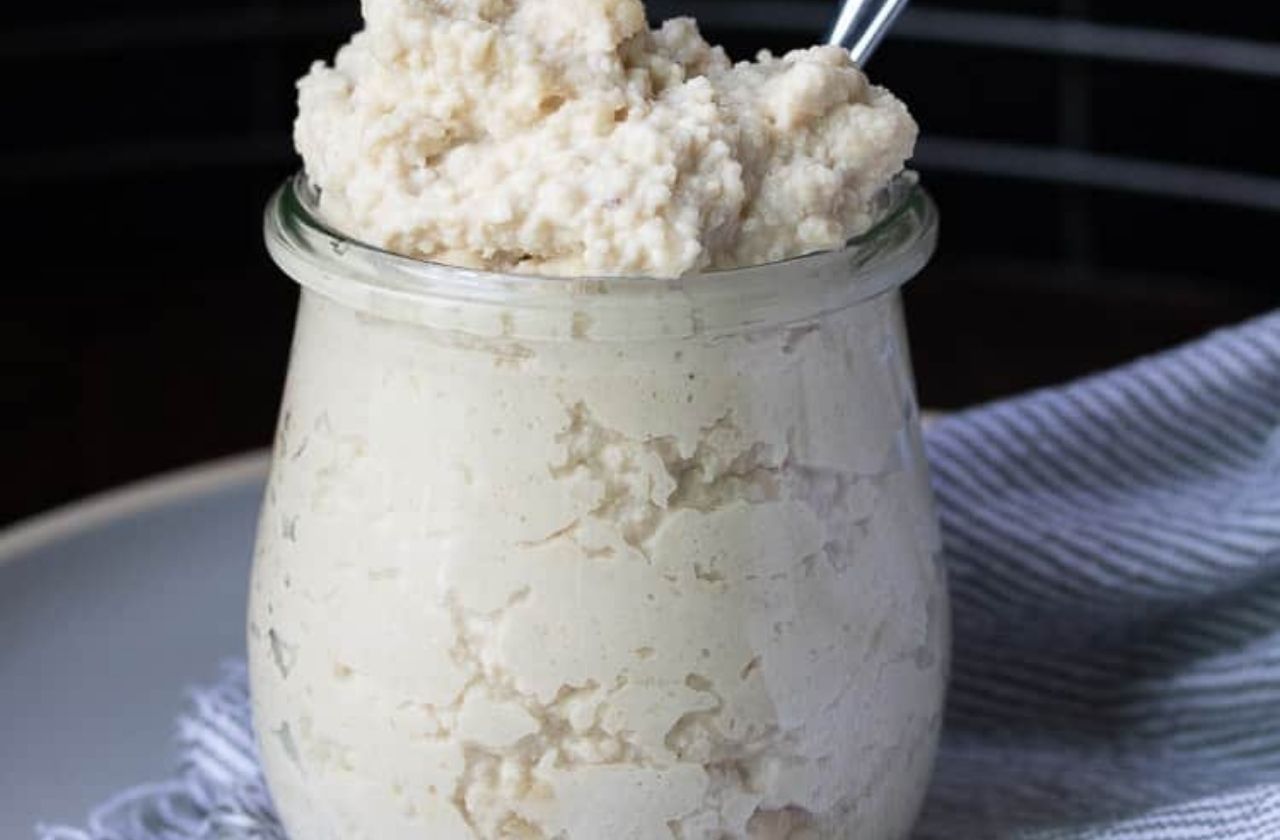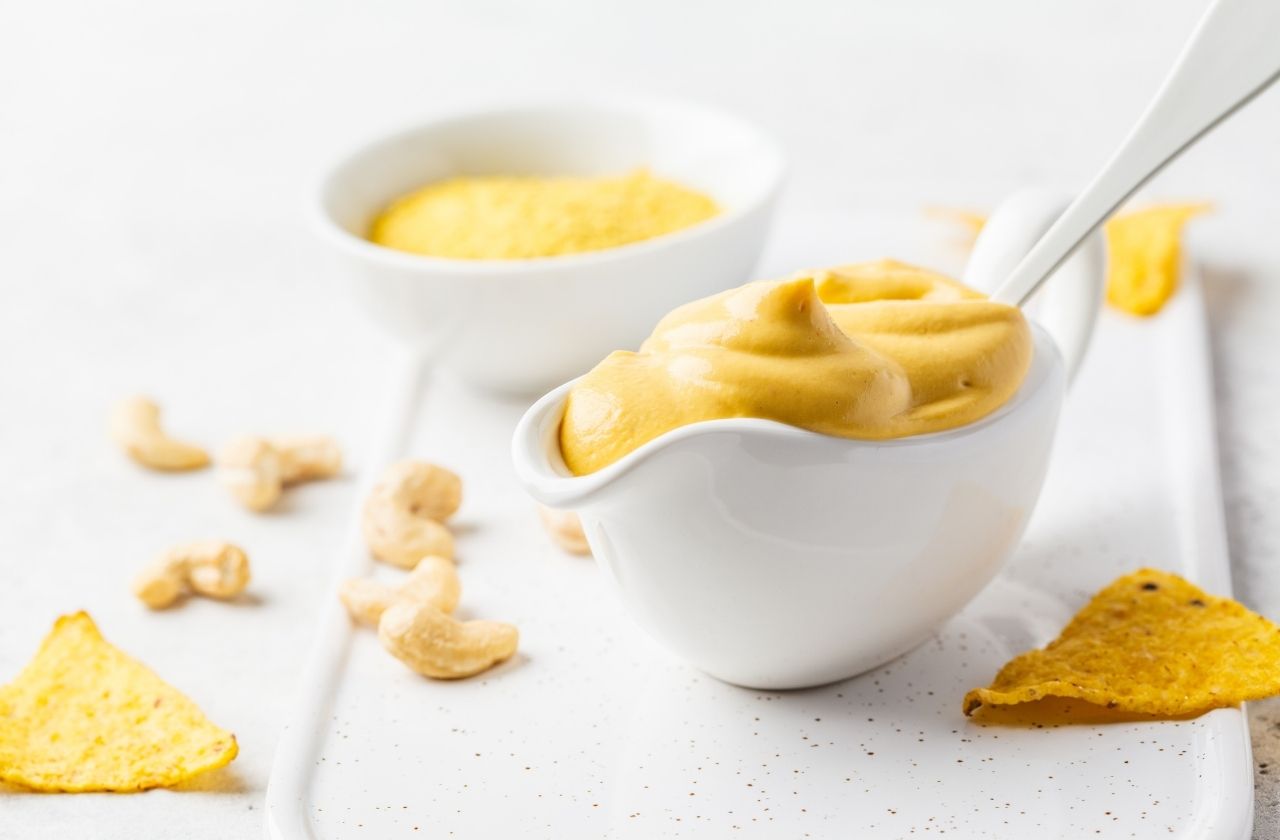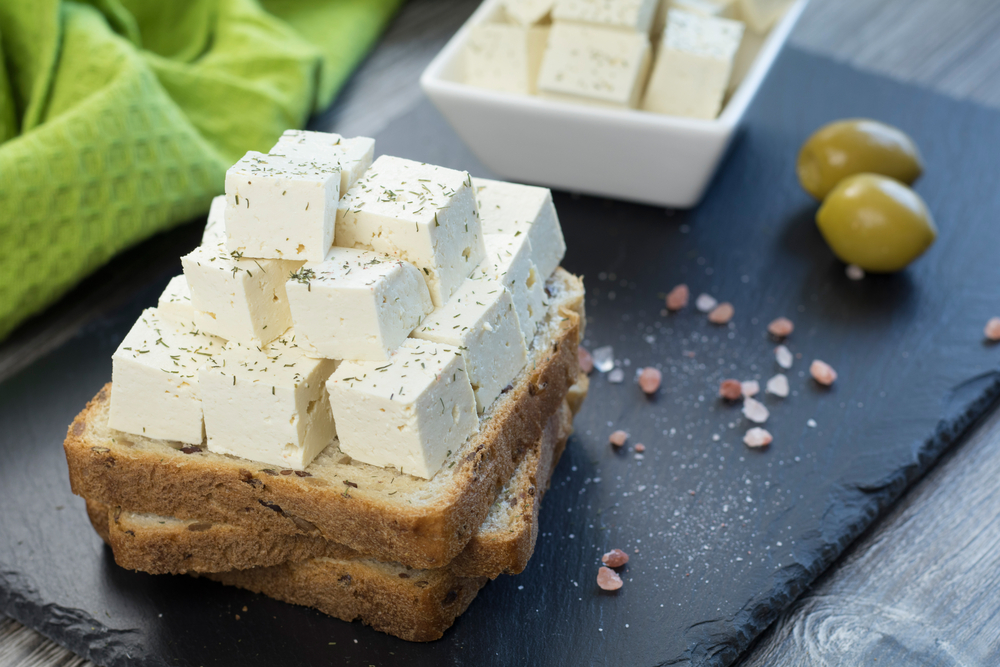Cheese Glorious Cheese – Easy Cheeses to Make At Home
Whether you eat dairy or not, you’ll love these cheeses you can make at home – including three vegan options!
by Shoshana Isaacson
UNORTHOBOXED Magazine Food Editor
During Passover we begin to count the omer, counting the days until we celebrate Shavuot, the day that God revealed the Torah to the Jewish people. During the holiday of Shavuot it is customary to eat dairy products. This practice is found in both Ashkenazic and Sephardic practice. Eating dairy on Shavuot is a post-Talmudic era practice with many reasons given from many sources. One belief is that at Mt. Sinai upon receiving the Torah and the laws, the meat that the Jewish people had with them was rendered unkosher as it may not have been slaughtered according to the laws of Kashrut. So dairy foods were eaten as they were what was available. Another source says that because the Torah itself is likened to milk in the Song of Songs; “Honey and milk are under your tongue” that is why we eat dairy on Shavuot. When planning our meals for the holiday, many menus are made with the emphasis on dairy products.
Making simple cheeses at home used to be part of every Jewish homemaker’s culinary repertoire. Nothing could go to waste and often the milk accessible was heavily laden with fat. In Eastern Europe a simple pot cheese / farmers cheese was often made to be used as filling for blintzes and cheese latkes. For Sephardi Jews from Italy the simple homemade cheese used in sweet desserts
and with pasta is ricotta. Another simple cheese that can be made at home and is delicious in Indian foods is paneer. None of these cheeses require renet to begin the curdling process and that makes them ideal for any home cook. For vegan cooks there are a number of delicious cheeses that can be made from nut bases. From a creamy cashew ricotta to fool the best of them, to delicious nut-based “cheddar” to toss into elbow noodles. There are even recipes for vegan feta that will make a delectable edition to Greek salads.
There is an old story told that cheese was discovered in the desert by nomadic people who would store the goats’ or sheep’s milk in containers made from the bladders or stomachs of the same animals. If left too long in those makeshift containers the milk would begin to react with the enzymes of the bladders and start to curdle into what we now know as cheese.
For the purposes of our recipes below we will be using lemon juice or vinegar to start the chemical reaction needed to curdle the milk and to separate the milk solids from the liquids.
All recipes are by Shoshana Isaacson, The Out of Town Cook, unless otherwise noted.
Simple Paneer Cheese
Makes about 1 cup
Ingredients
1 gallon whole milk (the higher the fat content, the better)
¼ cup or more fresh squeezed lemon juice
Cheesecloth
Large pot
Colander
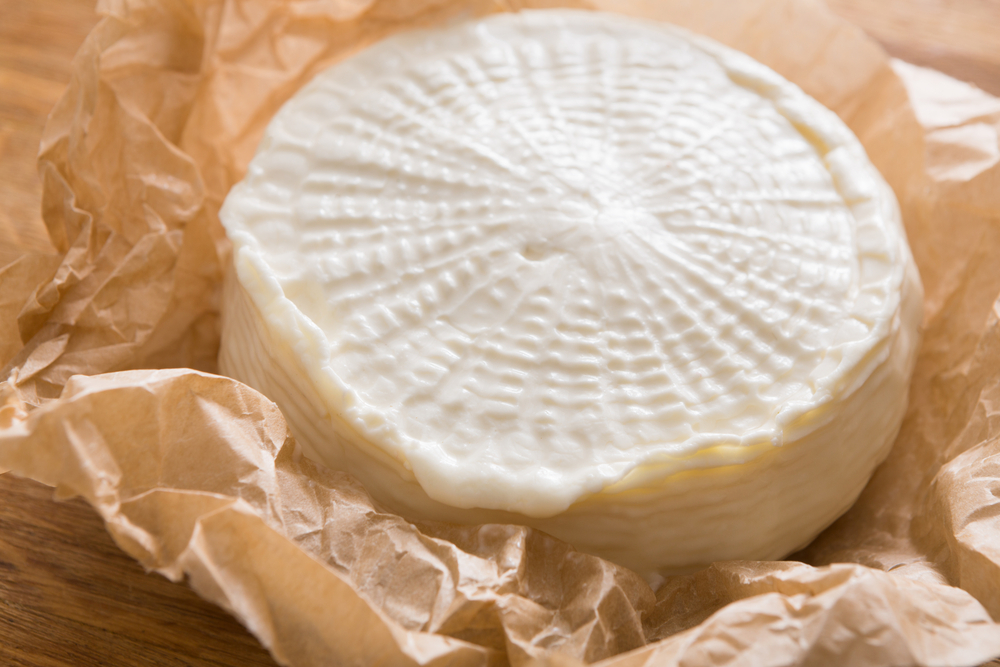
Step by Step Instructions
Step 1
Line a large colander with a double or triple layer of cheesecloth. Make sure to leave some hanging over the sides and set aside.
Step 2
In a large nonstick stock pot bring the whole gallon of milk to a boil over medium heat, stirring constantly to prevent the milk from burning.
Step 3
Add the lemon juice. Turn the heat down to low and stirring gently you should see the milk solids separating from the whey (the liquids) almost immediately.
Step 4
Remove the pot from the heat. Pour the curds through the prepared cheesecloth and colander. Grab up the sides of the cheesecloth and gently bring the ends together and lift the curds out of the whey.
Step 5
Twist the ends of the cloth together and rinse the curds under cool running water.
Step 6
Twist the cheesecloth tighter, squeezing out as much of the liquid as possible. Place the ball of curds onto a glass or ceramic plate with the twist to the side.
Step 7
Place another plate on top of the curds pushing them down to form a disc. Place cans of food or another heavy weight onto the top plate and place the cheese into the refrigerator for at least 20 minutes.
Step 8
Remove from the refrigerator and remove the cheesecloth from the disc of cheese. You have paneer cheese and can use this in many recipes such as Saag Paneer.

